Interview with Arthur Morris - the World’s Premier Bird Photographer

1. Arthur, please tell us how and when you started with photography.
I started birding in 1977 as my basketball playing days were pretty much over. I got bored after about 7 years and after seeing the work of two local photographers I bought the old Canon FD 400mm f/4.5 lens and an A2E body. The rest as they say, is history.
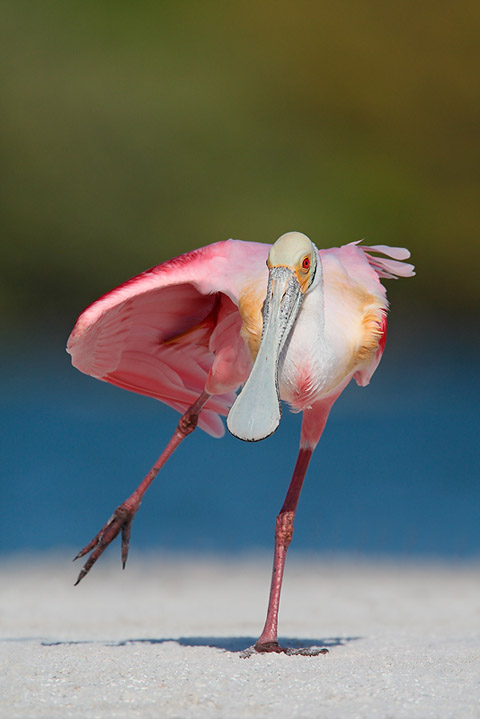
2. What were the biggest mistakes you made when you first started out as a bird photographer?
For years I had no clue as to how to get the right exposure with film, and I put every bird right in the middle of the frame.
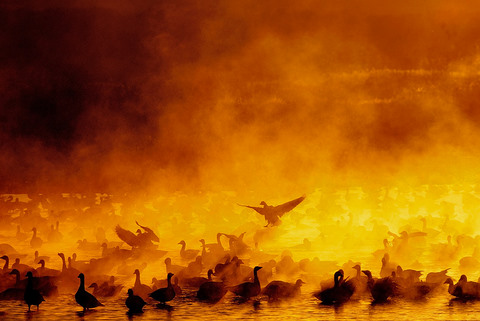
3. Did any photographer/s influence or inspire your work?
Yes: Rod Planck, Tim Fitzharris, and John Shaw among others.
And it was George Lepp who introduced me to the wonders of Canon autofocus equipment at a workshop in Tampa, Florida.
4. Most interviews of professional photographers tend to focus on the person's equipment and I know that your current primary lens is the Canon 800mm f5.6 lens. I think, however, that we both agree on the fact that quality cameras, lenses and accessories are important but there are other criteria that are just as important in being able to take good bird photographs. What are these other skills that a person should be cultivating if he/she would like to produce quality images?
Agree. Good photographers make good images with whatever gear they have in their hands. The skills that pros need to develop involve the technical side of photography; anyone can learn them.
The stuff that allows most of the successful pros to succeed cannot be learned; among them are a willingness to work long and hard, to study and learn, and a fierce determination to succeed.
These qualities will allow a person to succeed in whatever field they choose.
In the following practical and educational video, shot at B&H, you will learn which lenses — from the fisheye up to the 800mm f/5.6 L IS - Arthur Morris uses to create his amazing images, how, why, and when he uses each of them, and what he is thinking as he depresses the shutter button.
Most people will be surprised to learn that a long lens with a teleconverter is often not the best tool for the job. In addition Artie will comment on exposure and image design.
To get this information you would normally have to enrol in one of Artie's photo tours but here it is presented as a 2-hour free tutorial...
5. You often talk about 'visualizing the photograph in your mind before you have even taken it' - what are the factors you would generally consider in order to 'see' the final result in your mind?
Subject. Light. And background - especially the distance from the subject to the background, are the primary factors.
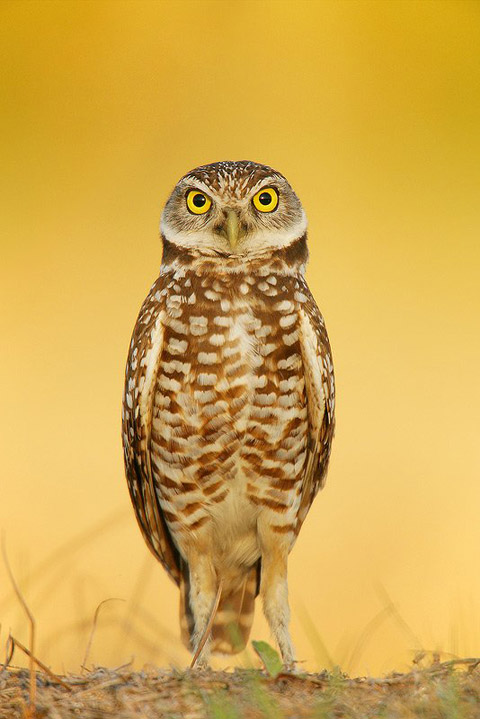
6. Do you have any formal photography training and how important is training for someone who is serious about becoming a photographer? I ask this because I have seen beginners aspiring to go from beginner to pro and they refuse to even read their camera manual!
I have no training in photography. I took one course: two hours a night for eight whole Tuesday nights. I do however love birds and photography.
Early on I asked lots of people lots of questions!
7. Of your many IPT (Instructional Photo-Tour) workshops, which is your favorite and why?
Bosque del Apache NWR because of the birds, the spectacle, the light, and the connection to the memory of my late wife, the beloved Elaine Belsky Morris.
As I put the finishing touches on this interview my group is enjoying Bosque at its incredible best...
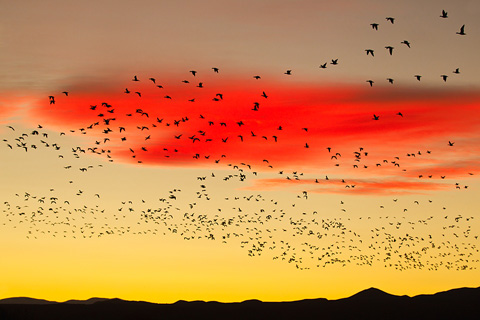
8. What makes a workshop successful from the student’s perspective?
Learning to think like a pro, to evaluate situations, getting some great images, and having an instructor who gives a damn.
Seeing me at work in the field, always moving, always switching gear and gears. And of course the killer classroom sessions where a good part of the learning occurs.
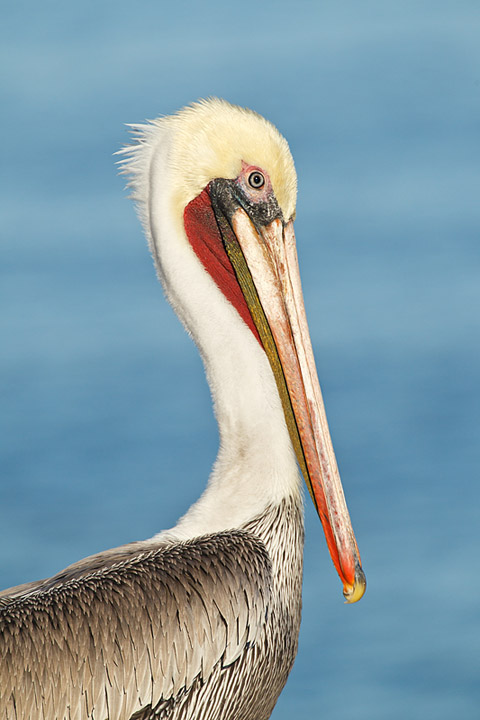
9. For people that cannot attend your IPT's you have published a series of BAA Site Guides for some popular bird photography areas in North America. I don't know what your sales of these site guides are but have photographers started to realize that they could waste days when visiting a national park or wildlife refuge trying to find subjects but if they bought your site guides they would be shooting from when they arrive?
We've sold a bunch so at least a few folks realize the value of their time!
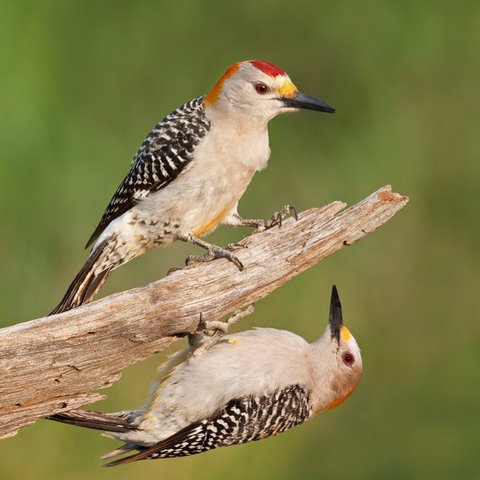
10. You have also been on a few African safaris - how do African birds and wildlife (and the safari experience) compare to what you are used to back home?
I've actually been to East Africa about 6 or 7 times and it is indeed spectacular.
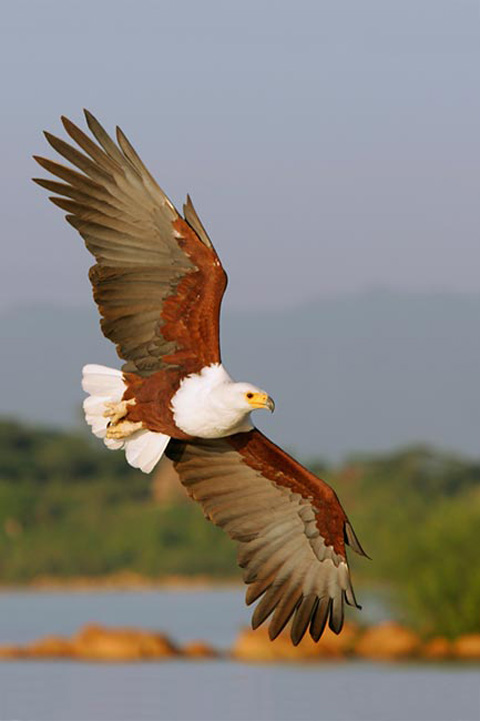
And that includes both the wildlife as well as the birds.
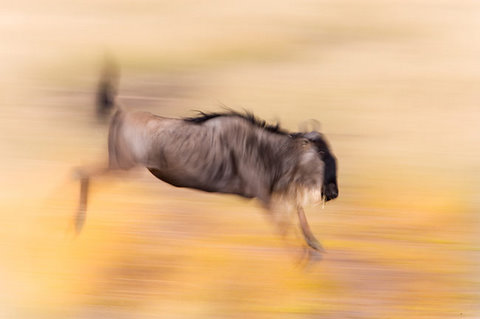
It is tough being restricted to the vehicles for the wildlife photography but it beats being some predator's lunch!
11. You 'give away' so much valuable information in your BAA bulletins, blog and website - this shows me how passionate you are about photography and helping other to improve. How do you find the time to do all this and still publish books, run workshops and take photographs?
No clue. I absolutely love when I hear folks complaining that they are bored with nothing to do. I wish that there were 48 hours in a day, 14 days in a week, and 104 weeks in a year.
I have a better question Mario, where did I find the time to answer all of these questions??? Actually the answer is that I am driven.
(Arthur is often seen allowing kids to look through his long lens at a subject and he carries a few copies of his books that he autographs and gives to youngsters that he sees with a camera - driven, talented and caring!)
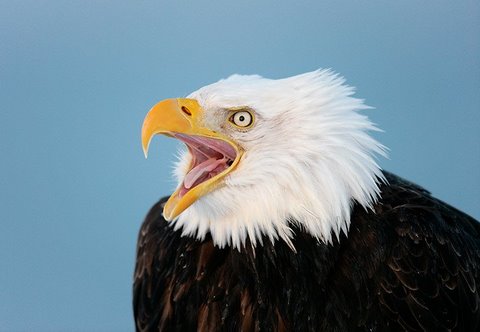
12. You started a website www.BirdPhotographers.Net where photographers, after joining, can post their photographs for professional photographers to critique. This is a great idea and can jumpstart an amateur photographer's career - if they are willing to learn from the critique/advice. I have found, however, that a few people take offense to constructive criticism yet the truth is what can change their photos from blah to brilliant. How have your members reacted to your honest critiques of their images?
www.birdphotographers.net members are greatly appreciative; we do strive to be honest but gentle. But there are a few crybabies out there.
Many of those leave to go to other sites where all of their images will garner 20 or so "great shot" comments.
Do note that many of the critiques are done by our moderators and members who are both serious students of photography as well as fine photographers. We could not succeed without the critiques done by our mods and our members.
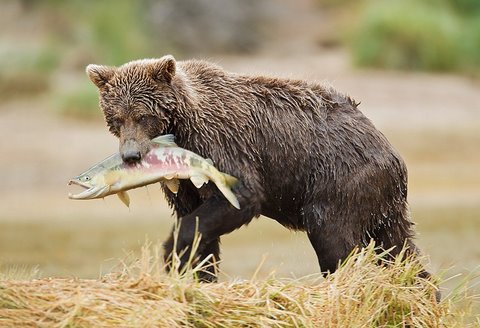
13. I have found most of the advice given on Birdphotographers.net to be valuable - not the standard 'what a nice picture!' - but advice that a photographer can use to improve his or her craft. One criticism of the site, however, has been that it is too Photoshop oriented. I think most photographers would rather be out shooting than sitting behind a laptop yet with digital cameras, post processing is a necessity that can make an average photograph a WOW photograph - I have experienced this first-hand by following your advice in your Digital Basics booklet. What are your thoughts here Arthur?
My thoughts are that lots of folks forget that I made a few good images over the years with film!
I have no qualms about removing distracting background elements as long as I do not change the natural history of an image, the basic "what's going on here."
I am using the current and available technology to create images that please me, excite others, and sell. I always let folks know what has been done to an image and that includes the editors who use my work.
When I enter a contest, I follow the rules. I really do not give a rat's ass about folks who feel that never should a single pixel be altered. If that works for them, great.
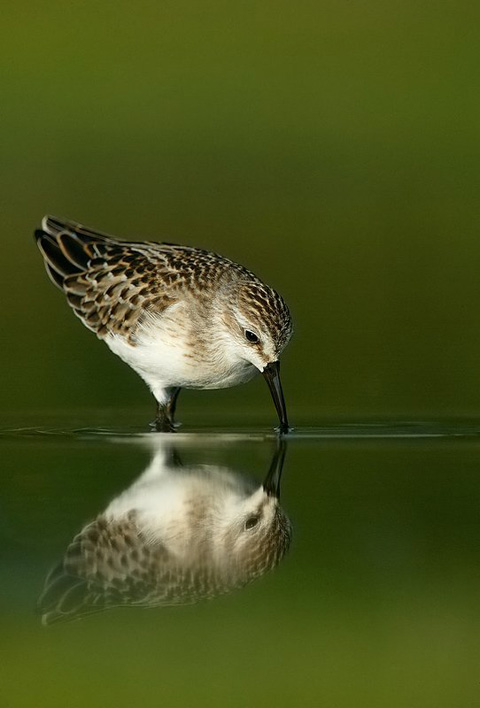
14. Many photographers stop entering photographic competitions once they become a professional because they use these contests to attain fame. You have surpassed the attaining fame stage as you are one of the world's top bird photographers, if not the premier bird photographer, yet you seem to still enter contents like the Veolia Environment Wildlife Photographer of the Year competition. Why is this Artie?
Thanks for your flattering comments. Hey, when I used to play golf I'd hear folks say, "I don't care if I make a triple bogey on every hole. I am out here to enjoy the walk." All of them are liars; they would kill to make a single birdie!
I enter the contests for the same reasons as other folks, to have my work recognized. Few folks realize that I have done lousy in the BBC contests in recent years having had only one digital image honored.
But in 2009 "Gannets in Love" won a top prize in both the Nature's Best and the National Wildlife Federation contests...
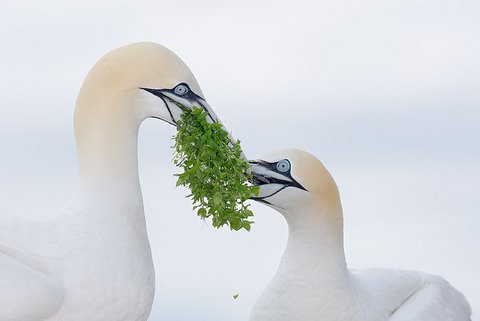
It always feels good to win!
15. Do you have any final hints, tips or advice for photographers who want to improve their bird photography?
Get out as often as you can. Get low, move slowly, and keep your eyes open and moving. Always look behind you. Look at as many great images as you possibly can.
Work hard. Study hard. Join BPN. Subscribe to our free Bulletins. Visit the blog.
Get copies of ABP and ABP II. We ship them all over the planet every day.
Conclusion
Arthur's motto is "I hold nothing back". There are many people who publish books or host workshops but they hold back critical information to get you to purchase their second book or attend their expensive photo safari in order to get the missing pieces.
I have attended some of Arthur's online workshops and purchased his ABP (Art of Bird Photography) book and can confirm that he does not hold back - he gives all the information you need.
About Arthur Morris...
With more than 15,000 of his stunning photographs published in natural history books, magazines, and calendars all over the globe, Arthur Morris is widely recognized as the world’s premier bird photographer. His images are noted for both their artistic design and their technical excellence. His fitting credit line: BIRDS AS ART.
Arthur Morris is the author of four books and more than 200 photo-illustrated articles by and about him have appeared in natural history, birding, and photographic magazines.
As one of the original 55 Explorers of Light, he has been a Canon contract photographer for the past nine years, appearing in an EOS 1N television commercial and on seven episodes of the Canon Photo Safari.
A gallery exhibit of his work, sponsored by Canon USA and The Nature Conservancy, began its run at the prestigious Roger Tory Peterson Institute in Jamestown, New York, in Summer 1999.
In April 2001, 64 of his framed images were featured in a yearlong educational exhibit titled "On a Wing and a Prayer: The Migratory Birds of the Americas" at the National Zoo in Washington, D.C. Morris has conducted more than 350 slide programs and seminars in the past 15 years.
He currently travels, photographs, teaches, and speaks his way across North America and the world while leading more than a dozen BIRDS AS ART/Instructional Photo-Tours and Photo Cruises each year.
You can learn more about Arthur Morris at www.BIRDSASART.com. From there you can get to the Blog, to the Bulletin Archives, and the BAA On-line Store.
All images on this page copyright 2010-2024 / Arthur Morris / BIRDS AS ART
Return from Arthur Morris to Interviews page
To make a safari rental booking in South Africa, Botswana or Namibia click here
"It's 764 pages of the most amazing information. It consists of, well, everything really. Photography info...area info...hidden roads..special places....what they have seen almost road by road. Where to stay just outside the Park...camp information. It takes quite a lot to impress me but I really feel that this book, which was 7 years in the making, is exceptional." - Janey Coetzee, South Africa
"Your time and money are valuable and the information in this Etosha eBook will help you save both."
-Don Stilton, Florida, USA
"As a photographer and someone who has visited and taken photographs in the Pilanesberg National Park, I can safely say that with the knowledge gained from this eBook, your experiences and photographs will be much more memorable."
-Alastair Stewart, BC, Canada
"This eBook will be extremely useful for a wide spectrum of photography enthusiasts, from beginners to even professional photographers."
- Tobie Oosthuizen, Pretoria, South Africa
Photo Safaris on a Private Vehicle - just You, the guide & the animals!













New! Comments
Have your say about what you just read! Please leave us a comment in the box below.